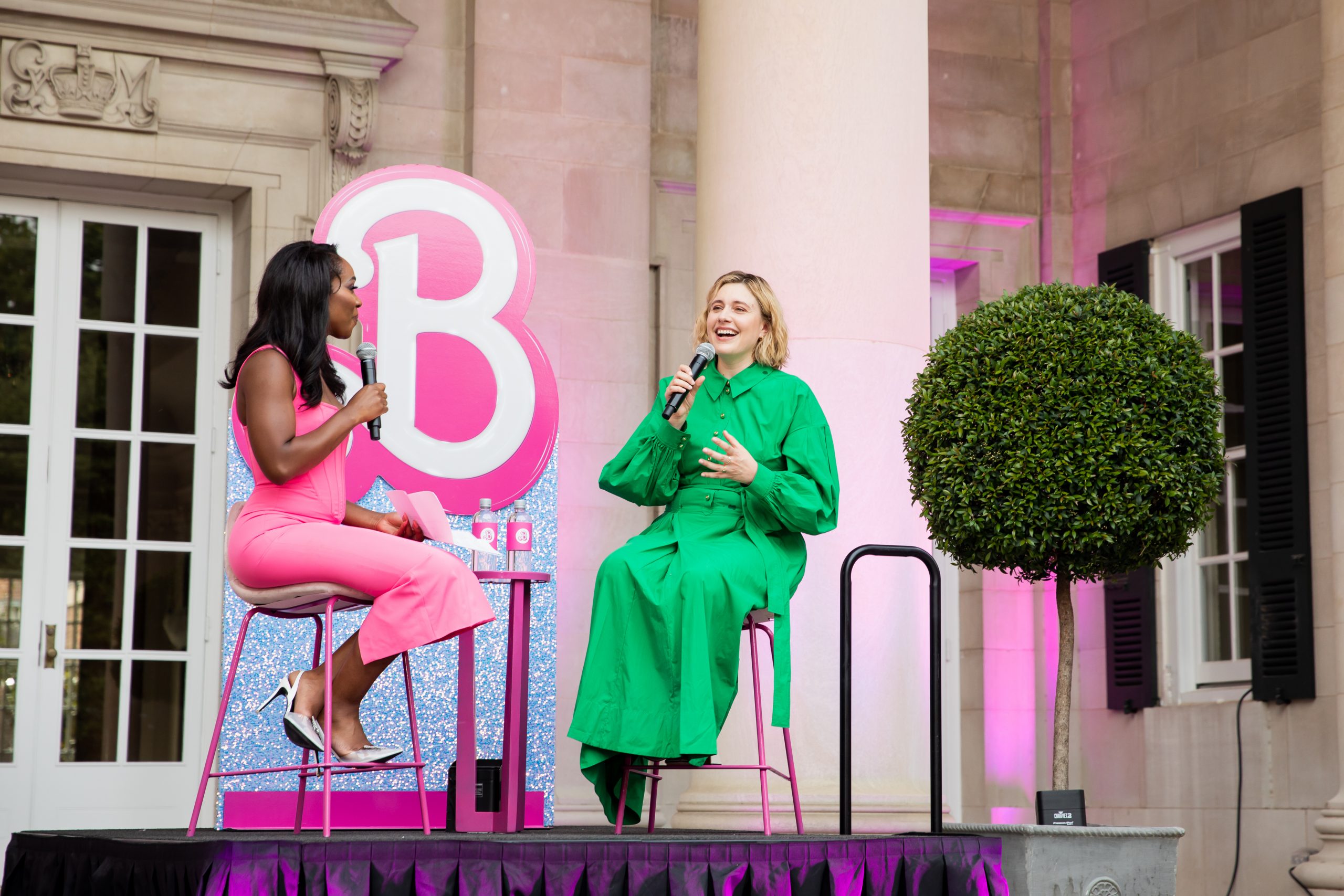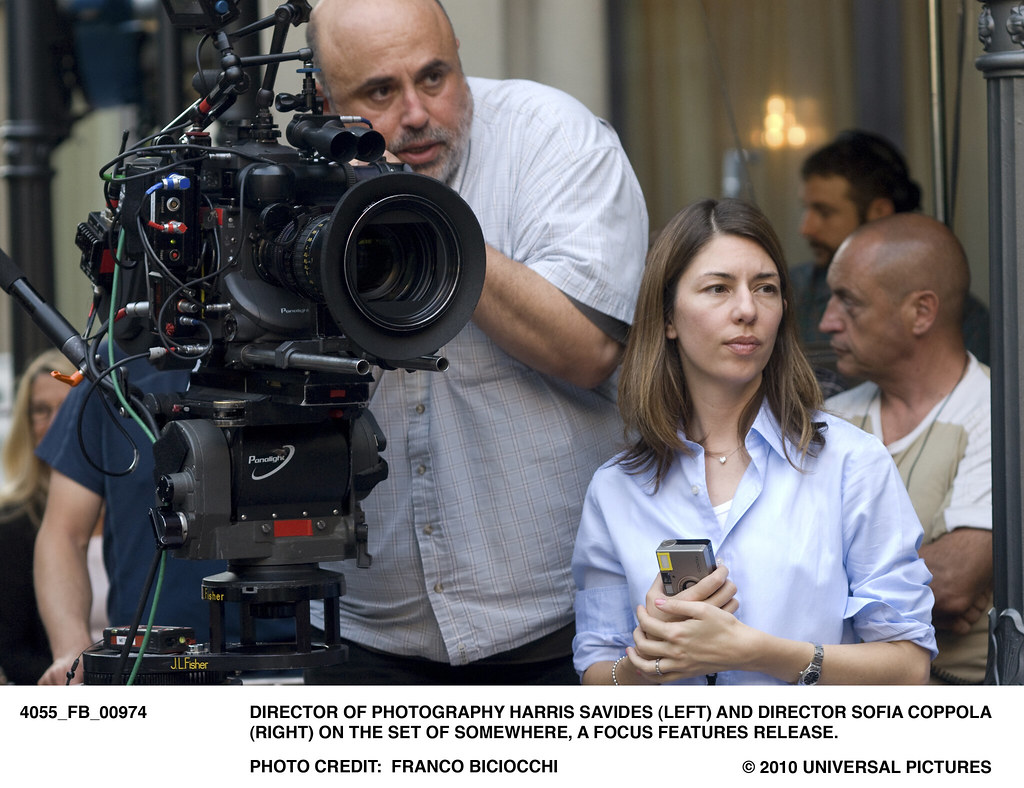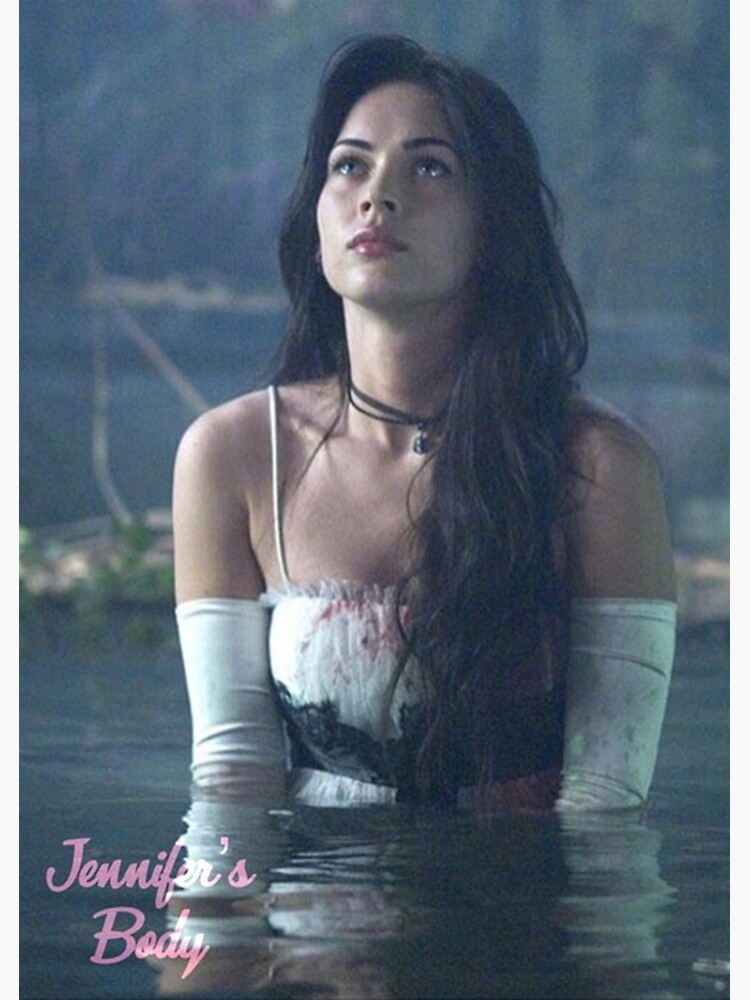Female Directors 2: the women who maintain the Big Voice
In the mid-late summer of 2023, something big happened. Greta Gerwig’s “Barbie” premiered, scooping us up into Barbie-land, and putting us back down wearing pink and feeling a little bit better about being a woman.
Suddenly the story was about us; and not us as in attractive by European standards, young, white, wealthy women. But us; women of color, old women, young girls. All spectrums of womanhood were present and represented.
The “Barbie” franchise forced us into a renaissance of film. Greta Gerwig had so successfully painted femininity in a way that was impactful yet easily consumable. We are left questioning, what would big cinema be today if women had not been so often cast aside?

Was 2023 not the year of female directors’ big break?
Across 13 years, from 2007 to 2019, women in the film industry held less than 5% of space within the directing field. Within this small percentage, a large chunk is occupied by white women.
Major film production companies indirectly stipend funding to women, most likely based on the assumption that people do not hold women’s stories to the same value as men’s. Because of this, women who would like to direct are often pushed into Independent films. Although the independent film route allows for more artistic liberties, it severely limits the audience receiving the media.
Grossing almost one and a half billion, Barbie, was the biggest hit of 2023. Yet, a USC report found that in a sample of directors in 2023, only about 12% were women.
Greta Gerwig might have dirt under her fingernails from her share of digging a space for women in the world of film production. However, the film industry is still more interested in seeing women in front of the camera looking pretty than behind it calling the shots.
It’s not easy, even with a famous last name
Breaking into the world of directing is not easy for anyone. There is a reason many famous directors come from a background of film and wealth. However, even women who can be coined as “Nepo-babies” struggle for footing.
Sofia Coppola, daughter of Francis-Ford Coppola, still battles the wave of media that only praises male-centric stories created by men. Coppola has connections in the film industry, that to any producer, are worth her weight in gold. Even with her little black book of designers, scouters, writers, and editors, Coppola has claimed to struggle to produce each of her feature films.
Even after her acclaimed success with “Virgin Suicides” and “Lost in Translation”, Coppola was only granted less than 20 million to produce “Priscilla”. Comparatively, Baz Lurhmann was allotted 85 million for the twin film: “Elvis”.

Where too little meets too late
There is a phenomenon in contemporary (and historical) art culture where a piece of media is widely rejected or ignored, eventually moving to a specific population that adores it. It is such a common happenstance that it is given its own genre: cult classics.
You can find many female-directed films in the cult classic subsection of your movie index. The most pointed to example is Karyn Kusama’s “Jennifer’s Body”. Many viewers were upset after walking into the theatre expecting over an hour of Megan Fox being sexy on a big screen, just to watch her embody the grotesque, puking black bile and eating the men who want her.
When this movie re-entered pop culture, the viewers didn’t expect to see a woman sexy but instead a woman sacrificed. The movie boomed.
Female-directed films that outwardly and unapologetically depict women being grotesque often fall into the cult category. Vera Chytilova’s “Daisies” and Julia Ducournau’s “Raw” both hit the same mark. These movies criticize the world’s relationship with women through the lens of the woman. Films that enact this same criticism through the lens of the man, such as Mary Harron’s “American Psycho”, are also expelled.

When it’s not too late but still too little
Contemporary films directed by women that are well received on immediate release are still lacking recognition. Celine Song’s “Past Lives” appeared in the Academy Award nominations for Best Picture and Writing, yet Song was not nominated for Directing.
Justine Triet’s “Anatomy of a Fall” showed up in many of the nominations for the Oscars, and took home an award for Writing. Many are arguing the film was snubbed in the French official Oscar entry, which went to Tran Anh Hung’s “The Taste of Things”.
Emerald Fennel’s “Saltburn” became a viral sensation similar to the cinnamon challenge of 2012. You think it would be easy to consume (Jacob Eloridi is in it, or it’s just cinnamon), but it leaves you choking with a potent taste in your mouth. “Saltburn” was critically praised for its writing, cinematography, editing, and set design; yet was lacking from the Oscars altogether.
Yes, “Oppenheimer” was an incredible film, but it is undeniable that there was an increasing communal disappointment every time it was called on the Oscar stage.
Conclusion
The good news is: women have not grown as a population of people who require validation to keep creating. Trailblazers of female directing were met with bans. If they were applauded, it was from a faraway place, 50 years in the future. So we can look now to our faraway place, 50 years in the future, where female-directed films are just films.




